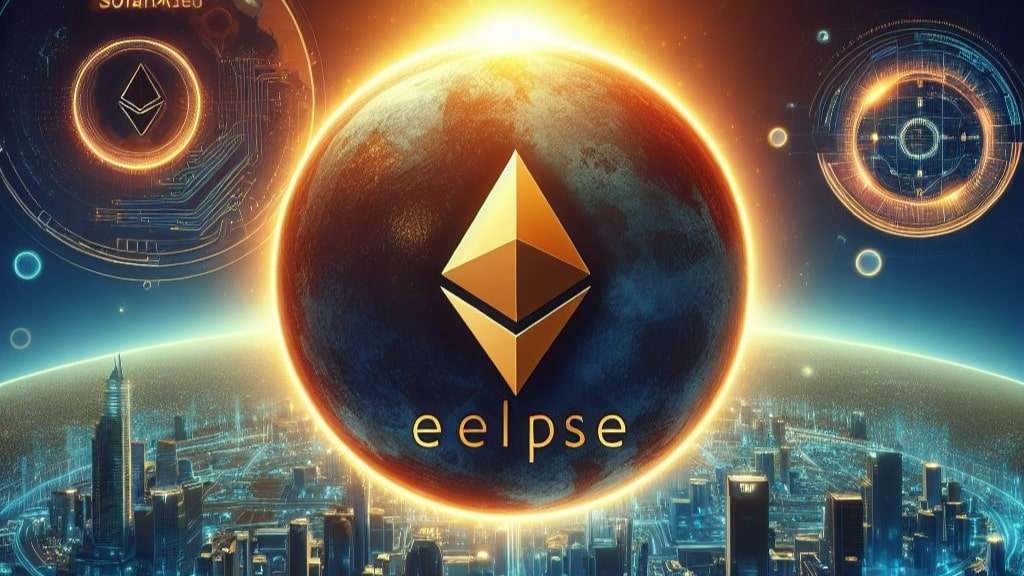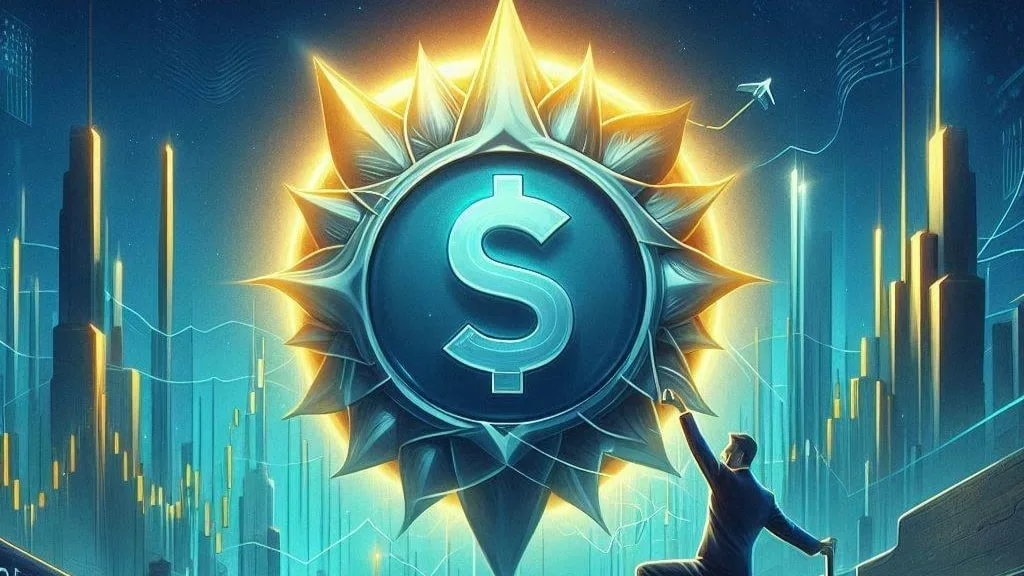
In a bold and innovative move that promises to reshape the world of blockchain technology, Eclipse, the Ethereum layer-2 network project, has unveiled its ambitious plans to collaborate with Solana and integrate a range of cutting-edge technologies. This groundbreaking initiative aims to enhance performance, security, and scalability in the blockchain arena. Set to go live by the end of the year, Eclipse’s announcement has captured the attention of industry leaders and enthusiasts alike.
Embracing a Modular Blockchain Approach
Traditionally, prominent blockchains such as Bitcoin, Ethereum, and Solana have relied on a single-layer system to handle various functions. This conventional design involves a single layer overseeing execution, settlement, consensus, and data availability for every transaction. Eclipse, however, is challenging this established paradigm by adopting what its founder, Neel Somani, calls a “modular blockchain” approach.
In this innovative approach, modular blockchains are finely tuned to excel at specific tasks. All layer-2 entities, including validiums, optimiums, and zk-rollups, fall under the umbrella of “modular blockchains,” with a clear separation of execution from settlement.
Solana’s Virtual Machine: A Game Changer for Transaction Execution
Eclipse’s upcoming mainnet launch is strategically leveraging Solana Virtual Machine (SVM) for transaction execution. The execution layer plays a pivotal role in blockchain, housing the code and rules governing transactions and enabling the execution of smart contracts.
Unlike Ethereum, which processes transactions sequentially, Solana introduces a parallel execution environment. This breakthrough allows a significantly larger number of transactions to be processed at a fraction of the cost. Neel Somani emphasizes this key difference, stating, “That’s probably the biggest difference.” SVM also brings the benefit of ‘local fee markets,’ ensuring that increased activity in one application does not result in escalated fees for others. Additionally, SVM’s register-based structure and streamlined set of ‘opcodes’ simplify zero-knowledge proving.
Leveraging Diverse Technologies for Comprehensive Rollup Solutions
In addition to SVM, Eclipse is incorporating several other cutting-edge technologies into its mainnet. For the critical role of proving, Eclipse is harnessing the capabilities of Risc Zero. The settlement will be anchored on the Ethereum platform, tapping into its robust security mechanisms to authenticate transactions.
To ensure data availability, Eclipse is adopting an innovative approach with Celestia. Unlike many contemporary rollup solutions that form a Data Availability Committee (DAC), Celestia opts for Data Availability Sampling (DAS). This choice results in a system built on reduced trust assumptions, bolstering its reliability.
The visionary team behind Eclipse is also closely monitoring Ethereum’s EIP-4844 upgrade, hinting at potential future considerations to migrate to Ethereum’s data availability approach. Somani sheds light on the challenges posed by Ethereum’s single-threaded EVM, observing, “It’s become clear that the single-threaded EVM is not sufficient to scale Ethereum.” This realization has led apps to explore their own app-specific rollups, even as sophisticated designs like Arbitrum face challenges due to the lack of parallelism and local fee markets.
Conclusion: A Groundbreaking Moment in Blockchain Evolution
Eclipse’s impending mainnet launch is poised to be a watershed moment in the blockchain arena. It represents the convergence of multiple advanced technologies aimed at delivering enhanced performance, security, and scalability. As the industry eagerly awaits this monumental development, Eclipse’s partnership with Solana and its incorporation of cutting-edge tech serve as a testament to the ongoing innovation in the blockchain space.



Get the latest Crypto & Blockchain News in your inbox.